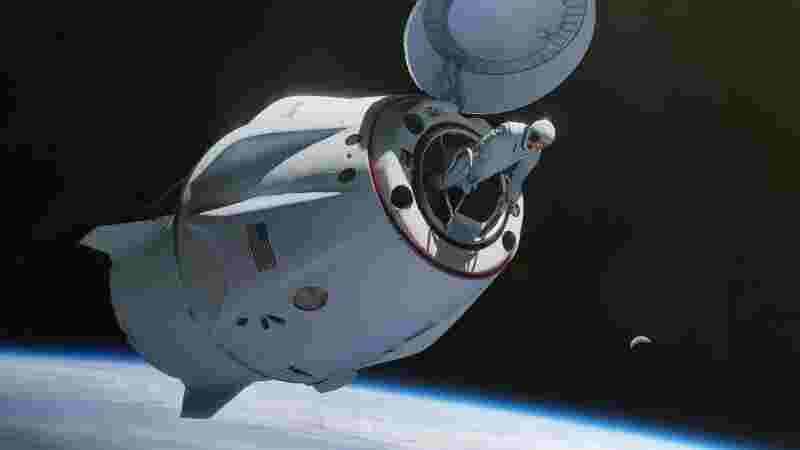Billionaire Jared Isaacman, the founder of payment services company Shift4 and a jet pilot, is venturing beyond space tourism with Polaris Dawn, a mission aiming to push boundaries and advance space technology.
Following his self-funded Inspiration4 mission in 2021, which served as a childhood cancer fundraiser and a showcase for private space travel, Isaacman has set his sights on a more ambitious and dangerous endeavor. Polaris Dawn will see him, along with three crewmates—including close friend and former Air Force pilot Scott “Kidd” Poteet, and SpaceX engineers Anna Menon and Sarah Gillis—spend five days aboard a SpaceX Crew Dragon capsule soaring to altitudes higher than any human has traveled since the Apollo program.
The mission, slated to launch on August 26, will take the crew into Earth’s Van Allen radiation belts, a region teeming with high-energy particles, and involve a groundbreaking spacewalk where the crew will expose themselves to the vacuum of space, protected only by newly-designed Extra-Vehicular Activity (EVA) suits. This unprecedented feat marks the first time non-government astronauts will venture outside a spacecraft without the safety of an airlock.
Polaris Dawn is the first of three missions under the Polaris Program, a joint endeavor between Isaacman and SpaceX, aimed at validating technologies crucial for future deep-space exploration, including spacesuits, EVA systems, and life-support technologies. Isaacman's commitment to the mission extends beyond personal ambition; he's actively funding the development of new hardware and personally testing it in the harsh environment of outer space.
The mission poses significant risks, requiring extensive preparation and testing to mitigate potential challenges. SpaceX engineers have addressed numerous technical hurdles, including hardening the Crew Dragon's avionics against radiation and implementing automatic rebooting software to counteract potential malfunctions. The crew has also undergone rigorous training, including a novel pre-breathe process to avoid decompression sickness during the spacewalk.
Despite the inherent risks, the crew members—Gillis, Menon, and Poteet—express no reservations, confident in SpaceX's expertise and meticulous preparations. Isaacman's inspiration for such bold endeavors stems from SpaceX's grand vision to make humans a multiplanetary species, driving him to contribute to the exploration of the solar system and push the boundaries of what's possible.
While SpaceX has been a target of controversy, particularly surrounding CEO Elon Musk's recent political leanings, Isaacman emphasizes the company's wider impact and the dedicated team behind its ambitious goals. He sees Polaris Dawn as a testament to SpaceX's remarkable achievements, a stepping stone towards unlocking life's mysteries, and a chance to revolutionize humanity's trajectory.
SpaceX is about to send four people on a wild — and risky — mission into the radiation belts. Here’s what to know
The Polaris Dawn mission will carry four crew members on a risky journey into the radiation belt, and they’ll attempt the first spacewalk carried out by private citizens.




